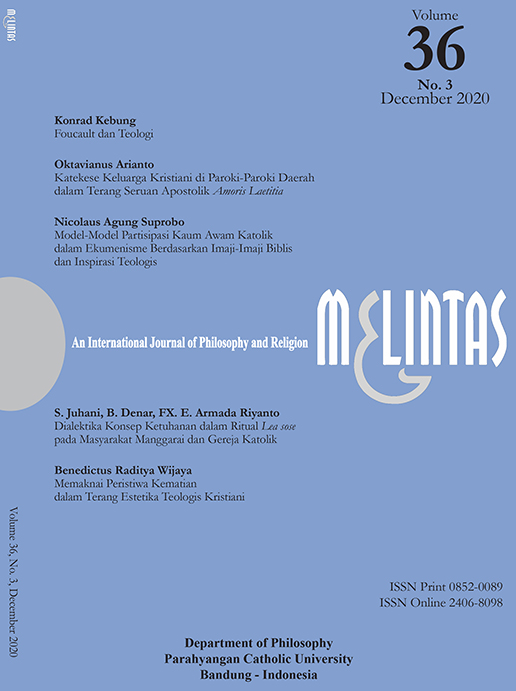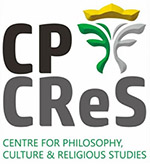Model-Model Partisipasi Kaum Awam Katolik dalam Ekumenisme Berdasarkan Imaji-Imaji Biblis dan Inspirasi Teologis
DOI:
https://doi.org/10.26593/mel.v36i3.5387Keywords:
ecumenism, laity responsibility, dialogue, models of participation, unity of Christian Church, biblical imagesAbstract
History shows that there were divisions within the Church. After the Second Vatican Council the Catholic Church began to be more open in contributing efforts for the restoration of Christian unity. One of the results is the publication of Unitatis Redintegratio. In this document Art. 5, it is emphasised that ecumenism is the responsibility of all members of the Church, including the laity. Hence the participation of the laity is important in the process of restoring unity among Christians. The apparently low participation of Catholic laity in ecumenism might have been due to the risk of blurring their identity as Catholics. Based on this issue, this article offers models of participation for Catholic laity in ecumenism. Models are offered for the reason that they are flexible, can be interpreted according to the contextual challenges, and contain patterns of relationship that can help Catholic laity take initiatives in promoting dialogue. Five models offered in this article are model of faith conversation, model of friendship, model of sharing of spiritual wealth, model of dialogue of life, and model of familial visits. These five models can encourage close interpersonal relationships and are inclusive in their characteristics, so that the laity can use them spontaneously and independently in establishing relationships. Through these models, Catholics are motivated to contribute to the Church’s efforts towards unity and to participate more actively in the ecumenical dialogue and cooperation.
Downloads
Published
Issue
Section
License
Copyright (c) 2020 Nicolaus Agung Suprobo

This work is licensed under a Creative Commons Attribution-NonCommercial 4.0 International License.
MELINTAS applies the Creative Commons Attribution (CC BY NC) license to articles and other works we publish. If you submit your paper for publication by MELINTAS, you agree to have the CC BY NC license applied to your work.


